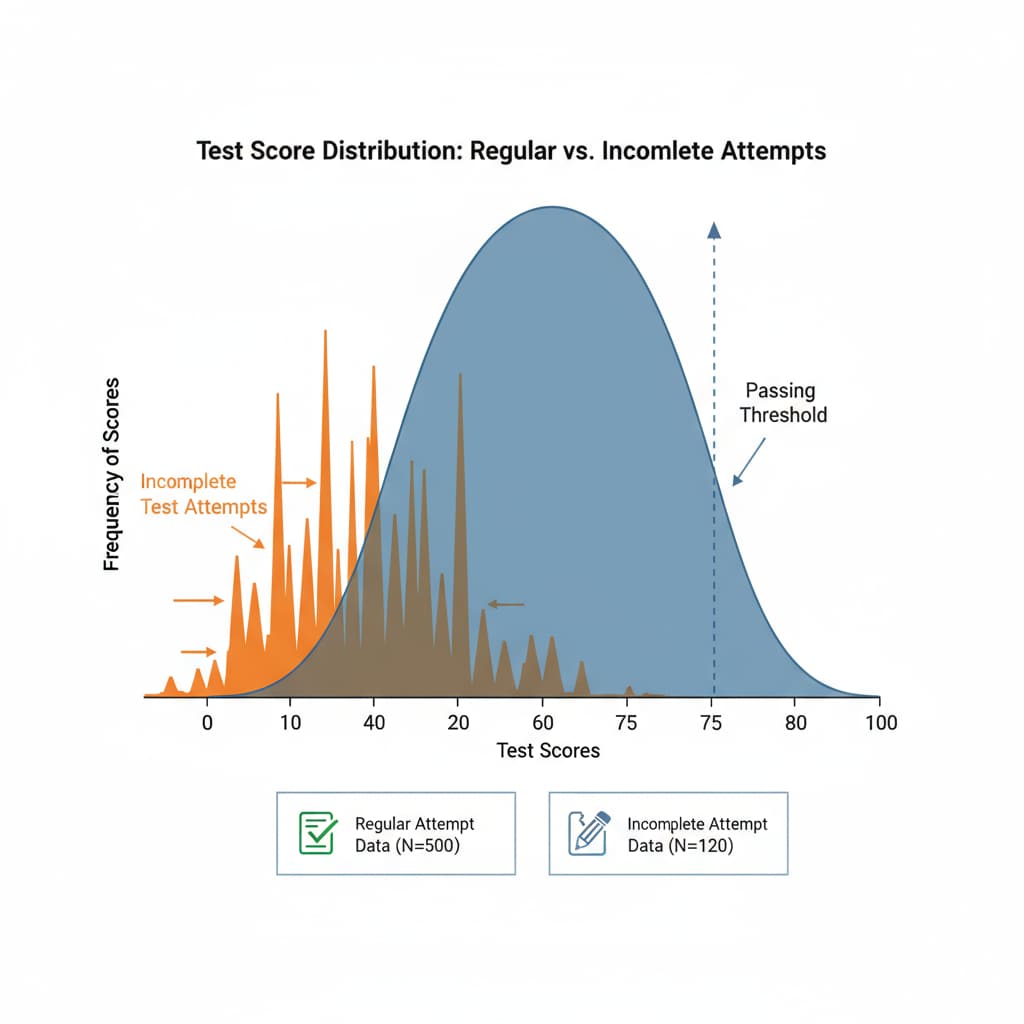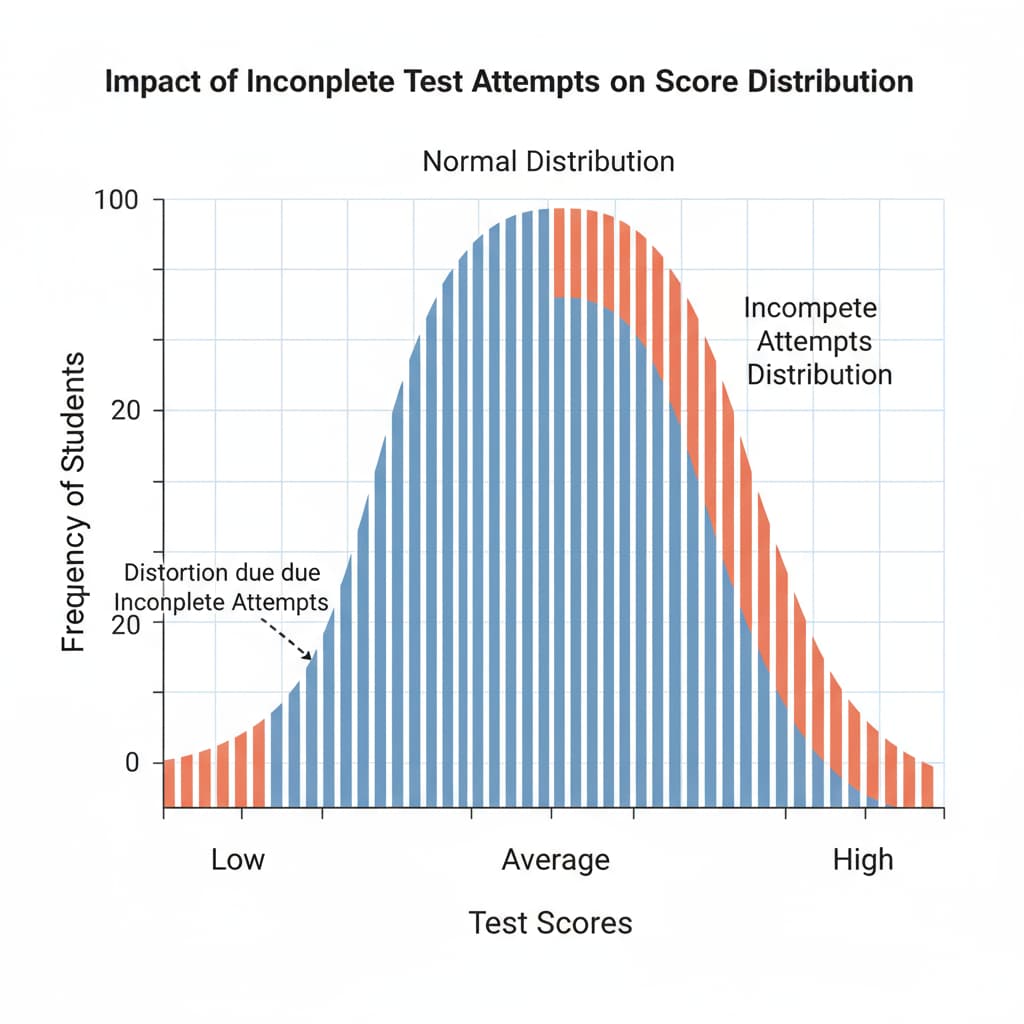In the realm of educational data analysis, datasets, test scores, and outliers are crucial elements to consider, especially when dealing with incomplete test answering behaviors. In K12 education, a concerning trend has emerged where students, in an attempt to gain extra credits, only complete a portion of the test questions. This phenomenon has presented a unique challenge in data processing.

The Problem of Incomplete Test Answering
Incomplete test answering behaviors are becoming increasingly common in K12 educational assessments. Students may choose to skip certain questions, perhaps due to time constraints, lack of knowledge, or as a strategic move to obtain extra credits. These partial attempts don’t conform to the traditional definition of outliers. Outliers are typically extreme values that deviate significantly from the majority of the data. However, these incomplete test scores are not just extreme; they are a result of a different kind of behavior.
For example, a student who answers only the first few questions of a long test may end up with a score that is neither extremely high nor extremely low in a traditional sense but is still an anomaly in the context of a complete assessment. This can distort the overall distribution of test scores. According to Wikipedia’s page on Educational Assessment, accurate data representation is crucial for making informed decisions about student performance, and incomplete test data can disrupt this.
Impact on Score Distributions
The presence of incomplete test answering behaviors can have a significant impact on score distributions. When these partial scores are included in the dataset, they can skew the mean, median, and mode of the scores. This, in turn, can lead to inaccurate interpretations of student performance. For instance, if a large number of students submit incomplete tests, the average score may be artificially lowered or raised, giving a false impression of the overall class’s knowledge level.

Moreover, it becomes difficult to compare students’ performance fairly. A student who takes the test seriously and answers all questions may be at a disadvantage when compared to one who only answers a few. As stated on Britannica’s page on Education, a proper assessment system should be able to differentiate between students based on their actual learning, but incomplete test data muddles this process.
To address this issue, educators need to develop appropriate strategies for handling incomplete test answering behaviors. This could involve setting clear rules about test completion, providing more time for students to finish, or implementing a scoring system that accounts for partial completion. By doing so, they can ensure that datasets accurately reflect students’ true performance, and test scores can be used effectively for educational decision-making.
Readability guidance: The article uses short paragraphs to present key points clearly. Each H2 section provides a focused discussion. The use of passive语态 is minimized, and transition words like ‘however’, ‘for example’, and’moreover’ are used to enhance the flow of the text.


